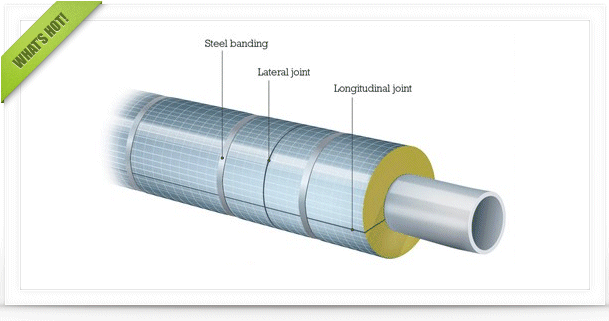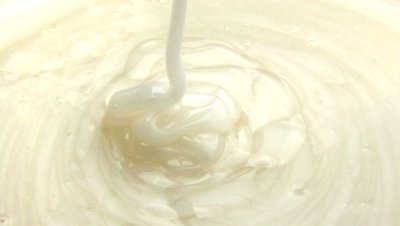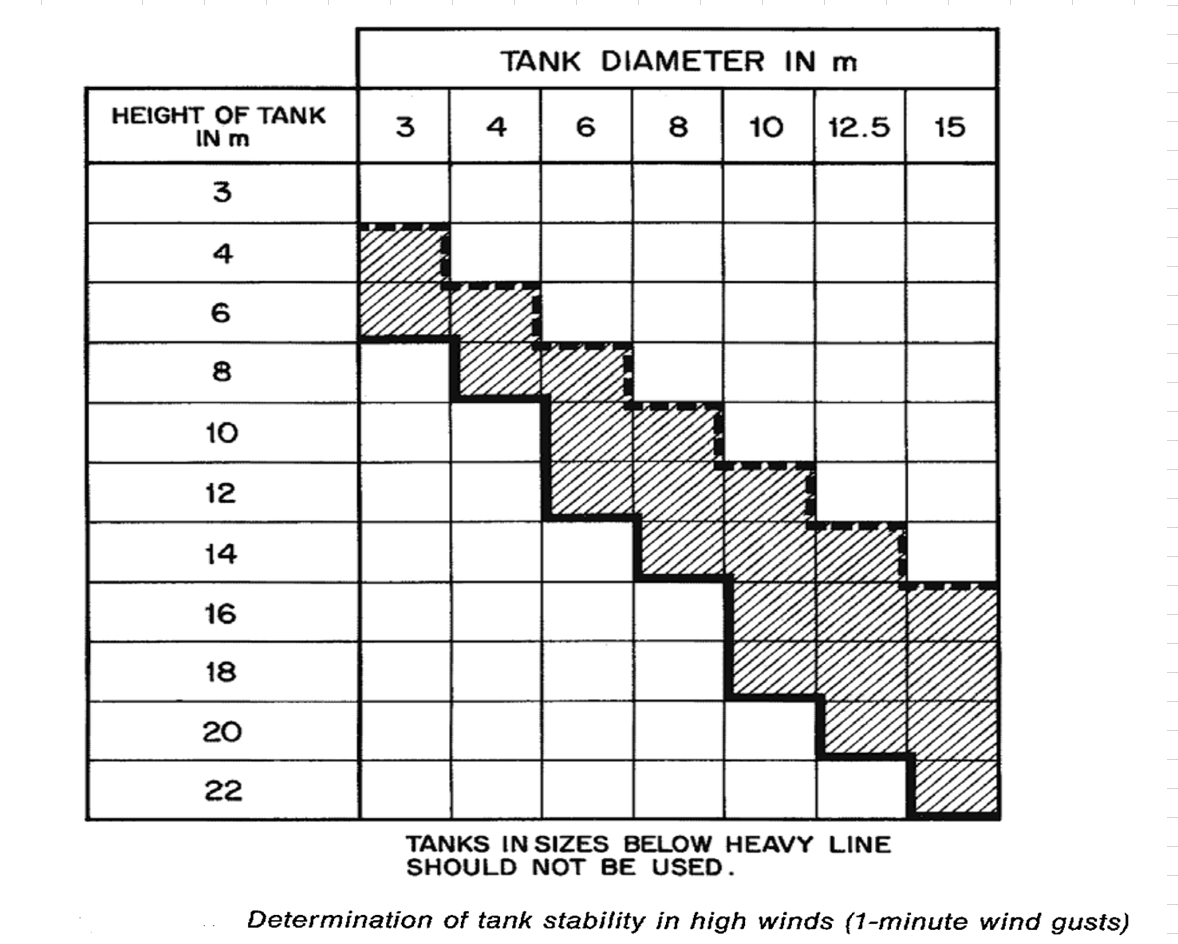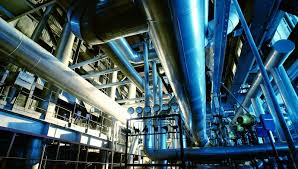Hello everyone who are actively posting ideas
I have one more doubt on this topic. My question is can i place a breather valve in common for 4 tanks connected to each other in a header.
I mean all my tanks vapour space are connected to a header and breather valve is placed on the header.
Yes you can do so but you have to size your breather valve for various permutations and combinations. Following scenarios need to be considered:
Inbreathing:
1. How many tanks can have pump-out simultaneously with no pump-in to any tank
2. Temperature drop will occur simultaneously for all 4 tanks so thermal inbreathing needs to be considered for all 4 tanks
3. Maximum total inbreathing will be the sum of simultaneous pump-out from maximum number of tanks and thermal inbreathing of all 4 tanks
Outbreathing:
1. How many tanks can have pump-in simultaneously with no pump-out from the tank
2. Temperature rise will occur simultaneously for all 4 tanks so thermal outbreathing needs to be considered for all 4 tanks
3. Maximum total outbreathing will be the sum of simultaneous pump-in to maximum number of tanks and thermal outbreathing of all 4 tanks
These are complicated and time-consuming study scenarios and it is likely you may end up with an oversized breather valve which may be costly to install compared to individual breather valves for the individual tanks.
But yes such a scheme although complicated can be implemented. Personally, I would avoid doing this.
Regards,
Ankur.

 FB
FB














